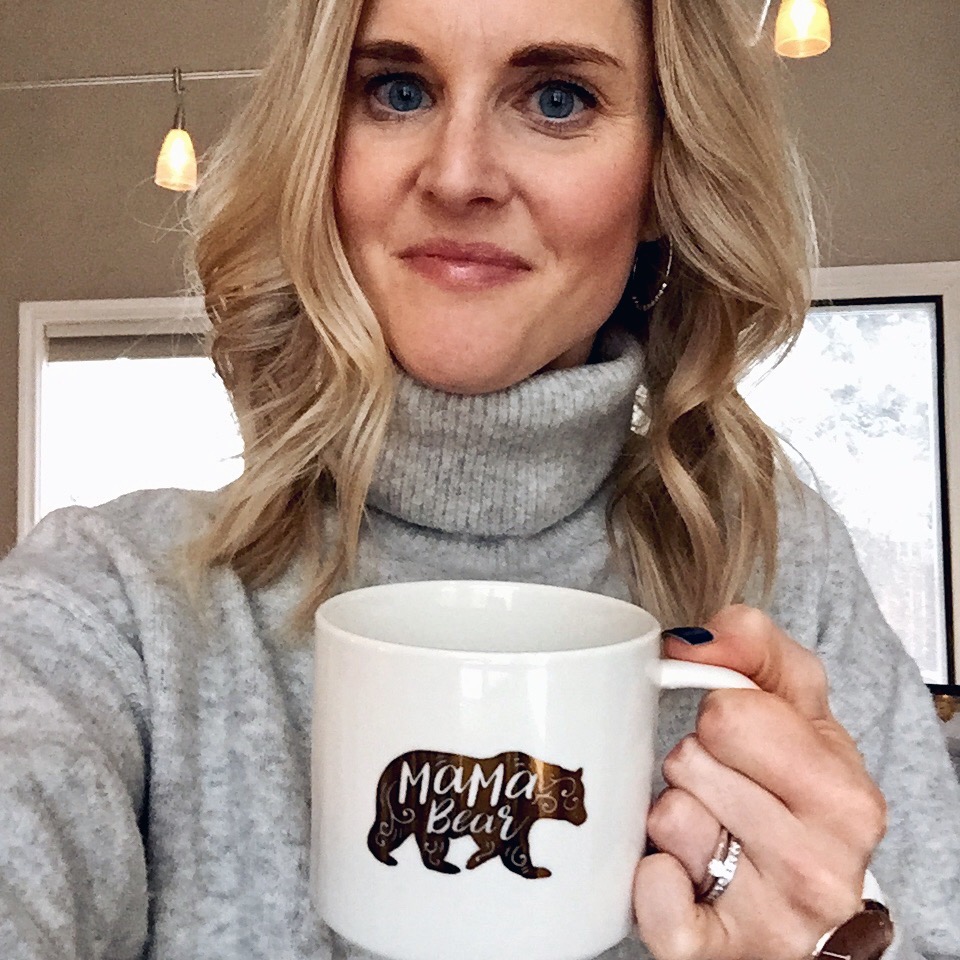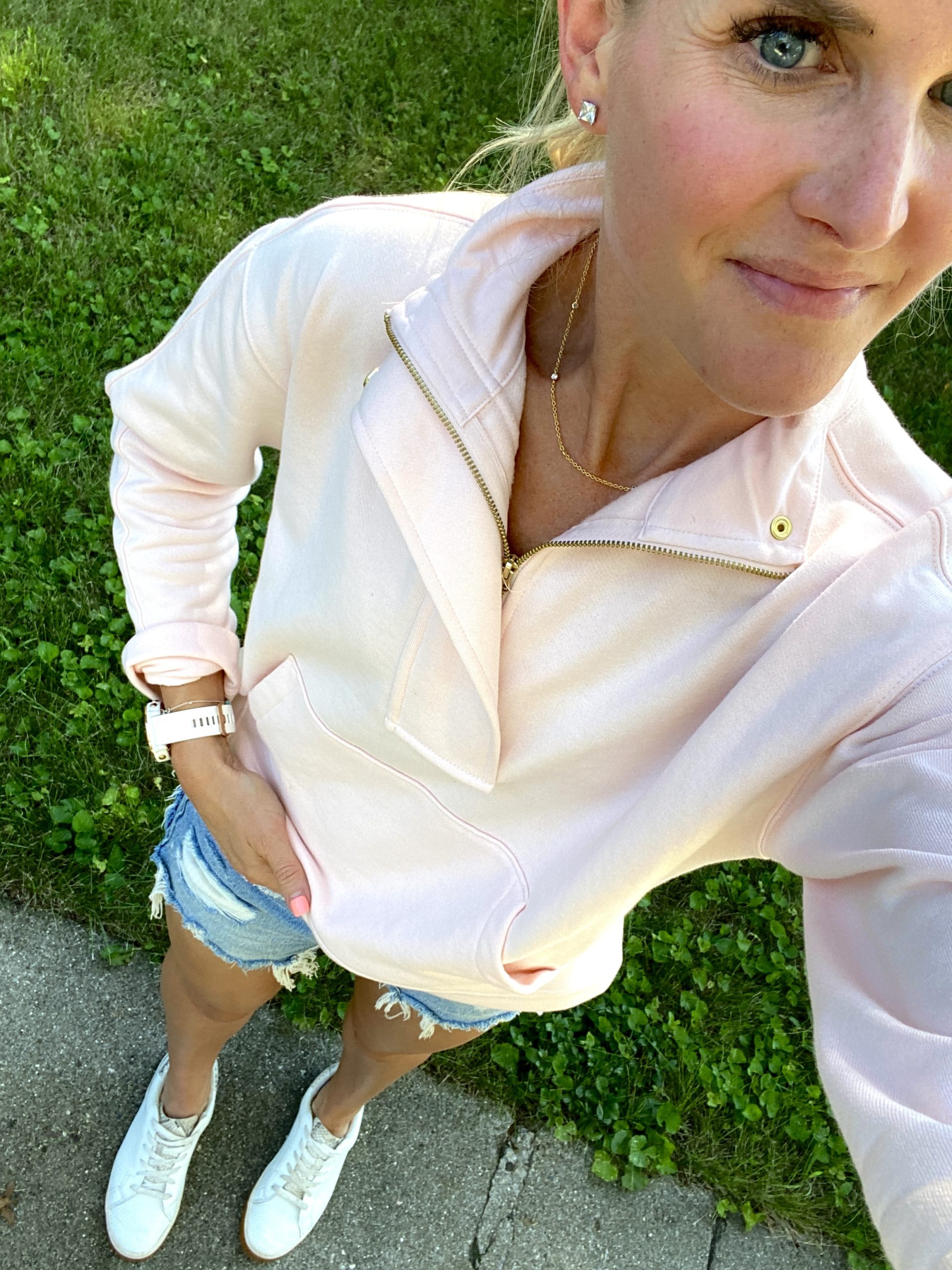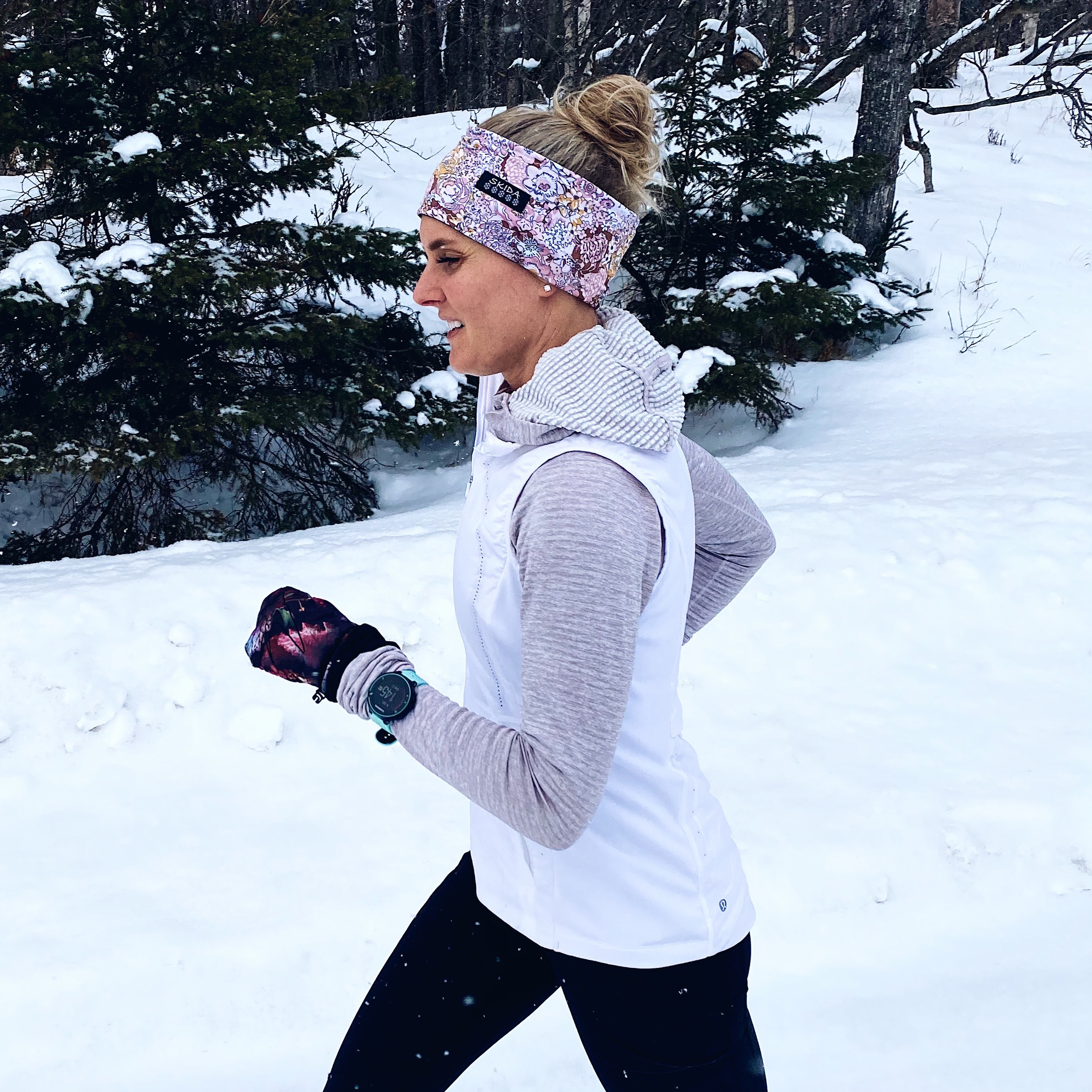Boston was pretty straight-forward: you get to the bus pick-up location, ride one bus for about an hour to the start, get dropped off at Athlete’s Village, and wait until they call for your wave. Twin Cities Marathon I got dropped off at the Metrodome, waited inside until it was time to start, and easily found the bag drop and start area within a relatively short period of time. (The race no longer is staged at the Metrodome, so I’m not sure what the process is like now because when I ran it lat year, I followed my coach–who was part of the elite wave–to the start.)
Prior to the NYC Marathon, I had read a few Instagram posts with tips, and I had gotten a few tips from others along the way, but I still feel like there was a lot I didn’t know about this race before partaking in it!

Things to know:
- Plan on it taking several hours to get to the start of the race.
This was the piece that surprised me the most. I did not expect to spend nearly 4 hours traveling to the start of the race. I left the place I was staying at the night before the race in Brooklyn at 5:15 a.m. I walked a few blocks to get onto the subway. I then took the subway to the ferry station. (I got off at the wrong stop, so had a little mix-up there.) I waited about 15 minutes to get on the ferry, and then rode the ferry for about 30 minutes. I next stood in line for 45 minutes to board a bus, rode the bus for another 45-60 minutes, and then finally got dropped off at the start at 9:00a.m. Not all of the pick-up locations are like this, but do plan on waiting in lines, bring money for the subway, extra snacks, water, and something to keep you occupied if you want (podcast, music, a book, or a friend).
- Trust them when they tell you that you need to get to your pickup location at X time.
I was supposed to arrive at the ferry by 6:00 a.m., but I actually got there around 6:30 a.m., which was okay in that I didn’t miss the start of my wave, but it ended up cutting it too close, and I barely made it into my corral by the cut-off time. Give yourself plenty of time race morning.
- The start of the race and staging area for all of the runners is HUGE! Much larger than Boston. (There are also 20,000 more runners at this race.)
Once you arrive at the start, there is security to check you bag, and then you proceed to the staging area for all of the waves. Pay attention to the signs and go straight to your respective color’s staging area right away so that you can find where to enter your corral when that time comes. It seemed like there were plenty of port-a-potties; I think I only waited in line for about 20 minutes. There is food in your staging area, but by then it might be too late to have anything substantial, so I recommend just bringing your own food and water.
- You can keep your warm-up clothes on until minutes before the start.
When I first entered my corral, I thought that was my last opportunity to get rid of my warm-up clothes, so I quickly ditched them, but we had another 15-20 minutes of waiting at the start until the gun actually went off. I got really cold during this time (I was shivering.), so I wished I would have kept my clothes on longer. However, the designated bins to collect all of the clothing are in the corrals, so the volunteers probably would appreciate it if you deposited them in the designated areas.

How to prepare if you aren’t going to be checking a bag.
Since I didn’t check a bag at the start of the race, I had to be very strategic about what I brought to the start. I didn’t want to run with my phone, so I couldn’t bring that. I didn’t have an pockets in my racing kit, so I couldn’t bring money either. Anything I brought I either had to ditch before the race started or carry with me while I ran.
Before the race, I went to the thrift store to buy some warm clothes to wear until the start of the race, and then tossed them in the bins to be donated. (I think most people just found something at home to wear, but I am often an over-purger and don’t keep clothes around that I don’t wear/need.)
These are the items I brought and put in my clear plastic bag, which was given to me at the expo when I picked up my bib:
- 4 energy gels (One to take a few minutes before the start and 3 that I carried with me during the race.)
- Water (To drink while being transported to the start.)
- Breakfast foods (I had a bagel with peanut butter, a banana, and Gu Waffle. I forgot my protein bar but wanted to bring that as well.)
- 2 packets of Generation Ucan (to mix up with my leftover water 30 minutes before the start of the race)
- Nanohydr8 (a preworkout drink)
- Chapstick and gum (because I dislike running with a dirty mouth and dry lips–ha!)
- A few dollars for the subway. The cost of a single ride ticket was $3.00, so that’s all I brought as I was going to have someone transport me by car at the end. (If you are traveling by yourself though, you may also need money to get back to where you are staying–unless you are within walking distance of the race finish, which would be ideal.)
- Gloves to wear at the start until my hands warmed up (They were a cheap $1 pair that I didn’t care about.)
- Arm warmers (For this I ended up taking an old pair of my husband’s dress socks, cutting the toes off, and sliding them onto my arms because I knew I wouldn’t need the arm warmers for long, and I didn’t want to throw away any of the arm warmers I have.)
* I would advise laying out everything the night before, so that you aren’t scrambling to get everything together race morning.
Other items not to forgot:
- Bib with pins
- Bracelets given out when you pick up your bib. (I had two bracelets I was supposed to wear–one indicating I was taking the ferry over to Staten Island and the other that I would be receiving a poncho at the end of the race.)
- Clothes: top, bottom, socks, shoes
- Make sure your GPS watch is fully charged.

Tips for the race itself.
- The first mile has a 150 foot climb.
- I didn’t necessarily feel the effects of this because 1.) my legs were fresh and 2.) it was hard to run my goal race pace anyhow because there were so many people. Plus, I had read other tips that said not to get caught up in your pace during the first mile because your GPS may not pick up a good signal. I was on the bottom part of the Verranzo bridge, which definitely affected my watch, but if you’re on the top of the bridge, then your watch will pick up a signal.
- Miles 2-8 are nice and flat, so these were my fastest miles because I was fresh, and I wanted to hit my goal pace.
- Miles 9-13 have rolling hills, but I didn’t think they were that bad. My legs were still relatively fresh, so they didn’t mind the elevation changes.
- There was a smaller climb to mile 13 and then again at mile 15. The mile 15 bridge was the Brooklyn Bridge into Queens. That seemed pretty never-ending, and I was muttering things under my breath about two-thirds of the way up.
- Miles 17-20 are pretty flat again, but this was when the fatigue really started to set in.
- Then around mile 22 is when you start running along side Central Park with the final longest climb at mile 23.
- There are plenty of aid stations along the way with water and Gatorade, so it isn’t necessary to carry your own hydration. I loved that when the volunteers were holding the cups, the logo with the respective drink (water or Gatorade) was facing us–the runners–so it was easy to see from a distance what was in each cup.
Overall, the course was great–TONS of people out cheering [2-3 people deep the entire time (except for on the bridges)], music, bands, and so many people running the race too. I didn’t think it was too hard to run the tangents. I only ended up running an extra one-tenth of a mile, which is pretty good over the course of 26.2 miles. There was a blue line on the roads that I saw occasionally which marked where they measured the course. I didn’t mind the rolling hills and really didn’t think it was that challenging (unlike Boston), but I’m sure the hills did affect my performance.

Things I’m glad I did:
- I loved having a friend to travel to the race start with! Having someone else to navigate the subway system with me kept me from getting too anxious. It was also just nice to have someone to talk to for 4 hours! I know this may not be a reality for everyone, but I’ve done all of my big marathons (Boston, Twin Cities, and NYC) with someone else, and it made things a lot more enjoyable!
- I’m glad I practiced running hills in my training and did a lot of long runs with marathon-paced miles in them. I think both of these helped me in my performance, and I didn’t feel too beat up on the hills.
- I purposely wanted to hydrate adequately from the start of the race, which I did–taking in water or Gatorade at least every other aid station at the beginning because I was surprised how thirsty I got by the end even though it wasn’t that warm out (50*F and sunny).
- You have the option to check a bag at the start, but they advise those who are “experienced marathoners” not to check a bag at the start, and then you get a really warm fleece-lined poncho at the end. I didn’t regret my decision to not check a bag, but next time I will write down the number of the party I am meeting up with, so I can get in contact with them and avoid getting lost.
Things I wish I would have done:
- Looked up more during the race!
- In hindsight, I feel like I didn’t really take in the sights along the course. It wasn’t that I didn’t notice anything, but I feel like I should have done a little more sightseeing along the way. I did look out over the Verranzo Bridge, which was the first one we crossed. It was a gorgeous view, especially since it was a clear, blue day. I definitely remember what the different areas looked like, saw the Jewish community that lives in Williamsburg, and noticed the beautiful colors of Central Park. I say this yet also knowing that I wasn’t there to sight-see; I was there to race a marathon. Maybe I’ll just have to do this race a second time so I notice more the next time.
- Gotten myself to the pickup location when I was supposed to.
- It wasn’t that we weren’t going to get on the ferry since we were a half an hour late, it just delayed me getting to the start and almost missing the start of my wave. And honestly, the worst that could happen is that you start in the next wave. (Which did happen to me and my sister at Boston.)
- I wish I would have written down the phone number of whoever I was going to meet up with after the race. This would have prevented me from getting lost in NYC for 6 hours after the race.

All in all, the New York City Marathon was an incredible experience and one I hope to partake in again. I loved all of the energy, and being able to run through all five boroughs was pretty amazing. Next time I will have my husband travel with me and take care of my son, so I can rest more adequately. Maybe then I’ll clinch my sub-3 hour marathon.







Great blog! I am running 2021, and find it very helpfull. aiming for a sub 3 🙂
Good luck! It is a race unlike any other!